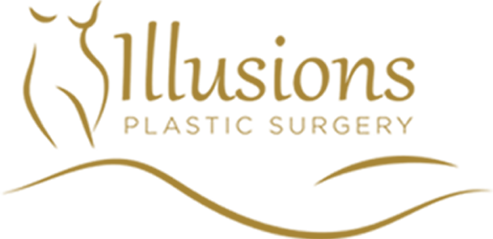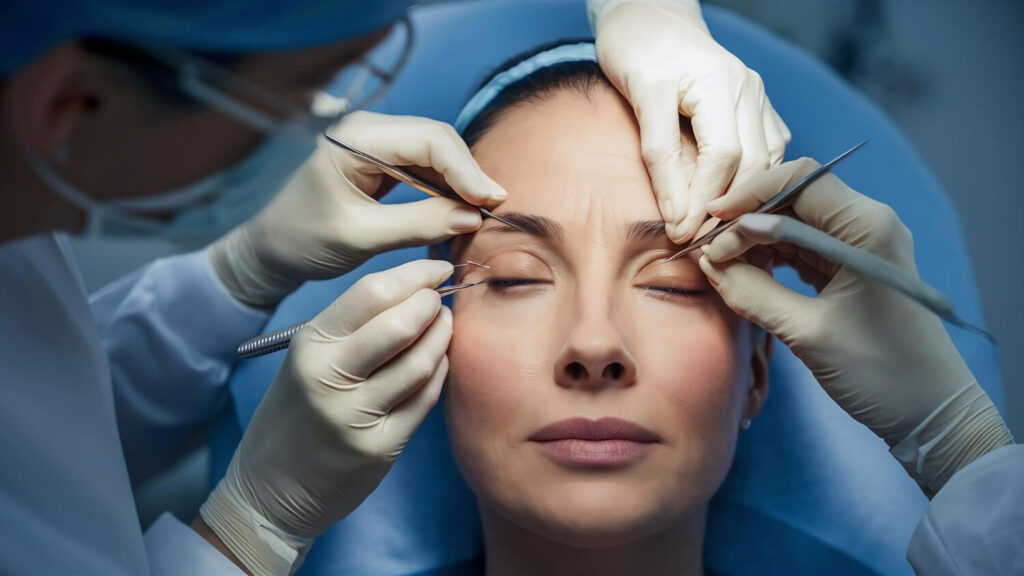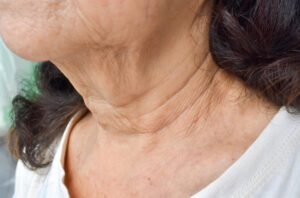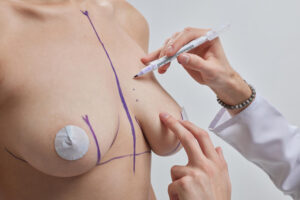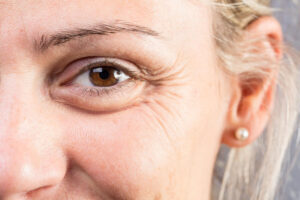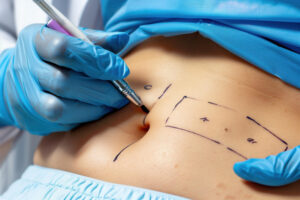The post-operative period after eyelid surgery can bring some surprises. The mirror reflects swelling, bruising, and a look that might seem different from what was expected. Each day brings a new phase, and understanding what happens throughout this period helps prevent unnecessary concerns.
The body takes time to heal, and the eye area reacts to the procedure with sensitivity. Following medical recommendations often influences the final outcome.
Some practices speed up healing, while others slow recovery and increase the risk of complications. Knowing what to prioritize during recovery after eyelid surgery helps minimize discomfort and promotes a more natural appearance over the weeks.
This guide offers useful recommendations to navigate the post-operative period with more confidence and comfort.
What happens in the first 48 hours?
The first 48 hours after surgery tend to be the most sensitive period.
The area around the eyes shows swelling, bruising, and a feeling of pressure, which may cause some discomfort.
Simple movements, such as blinking or closing the eyes, feel different and require more care.
Swelling and bruising: how to reduce discomfort
Swelling may last for several days, usually peaking between the second and third day. Some strategies help relieve discomfort:
- Apply cold compresses to the eyes for 10 to 15 minutes several times a day during the first 48 hours.
- Keep the head elevated, even while sleeping, by using extra pillows.
- Avoid direct sun exposure, as UV rays can intensify discoloration and slow down healing.
- Activities such as reading, watching TV, or using digital screens for long periods may strain the eyes faster than usual. Taking breaks and resting the eyes helps prevent unnecessary fatigue.
Pain relievers prescribed by the doctor may be needed, but anti-inflammatory medications should be avoided without medical guidance, as they can increase the risk of bleeding.
Read more:
👉 What’s the best age for blepharoplasty?
Recovery time: when do the signs start to fade?
Most people notice significant improvement within one to two weeks. However, minor swelling may persist for several weeks.
Stitches are usually removed between five and seven days after surgery. Makeup may help cover mild bruising, but it should only be used after receiving medical approval.
Returning to normal activities, such as work and daily tasks, may be possible after a week, as long as they do not involve intense physical effort. Strenuous exercise, swimming pools, and saunas should be avoided for at least three to four weeks
Read more:
👉 How much does blepharoplasty cost?
Eye care and lubrication
Eyelid surgery may cause temporary dryness and increased sensitivity to light. Many people experience a gritty or irritated sensation in their eyes, which can be uncomfortable during the first few days.
Prescribed lubricating eye drops and ointments help maintain moisture and reduce irritation. Following the recommended schedule for applying these products prevents excessive dryness and promotes healing.
People who wear contact lenses should wait for the surgeon’s approval before using them again. The eye area remains sensitive for some time, and inserting or removing lenses may put unnecessary strain on the healing tissue.
Wearing UV-protective sunglasses when going outside minimizes light sensitivity and shields the treated area from sun exposure. Protecting the eyelids from excessive sunlight reduces the chances of pigmentation changes and speeds up the healing process.
Read more:
👉 Differences between Brow Lift and Blepharoplasty
Warning signs: when to contact the surgeon?
Certain reactions may indicate the need for medical evaluation. Symptoms such as severe pain that does not improve with medication, persistent bleeding, visible infection, or fever should be reported to the surgeon.
Follow-up appointments with the medical team during the first few weeks ensure that recovery progresses as expected.
Returning to routine and long-term care
The final results of recovery after eyelid surgery may take a few months to fully settle. Minor swelling may linger for a while, but the eyelid’s natural appearance gradually adjusts.
Daily use of sunscreen, keeping the skin hydrated, and following a personalized care plan help maintain the benefits of the surgery. Those looking to keep the skin around the eyes looking refreshed may consult their surgeon about additional treatments in the future.
Conclusion
The recovery after eyelid surgery requires patience and attention to the surgeon’s recommended care. Swelling and bruising may seem intense in the first few days, but discomfort tends to gradually decrease.
Follow-up appointments in the first few weeks allow the surgeon to monitor recovery progress and address any concerns about returning to normal activities. Each person’s healing process varies, but adopting specific post-op care strategies helps speed up recovery and ensures a more natural-looking result.
